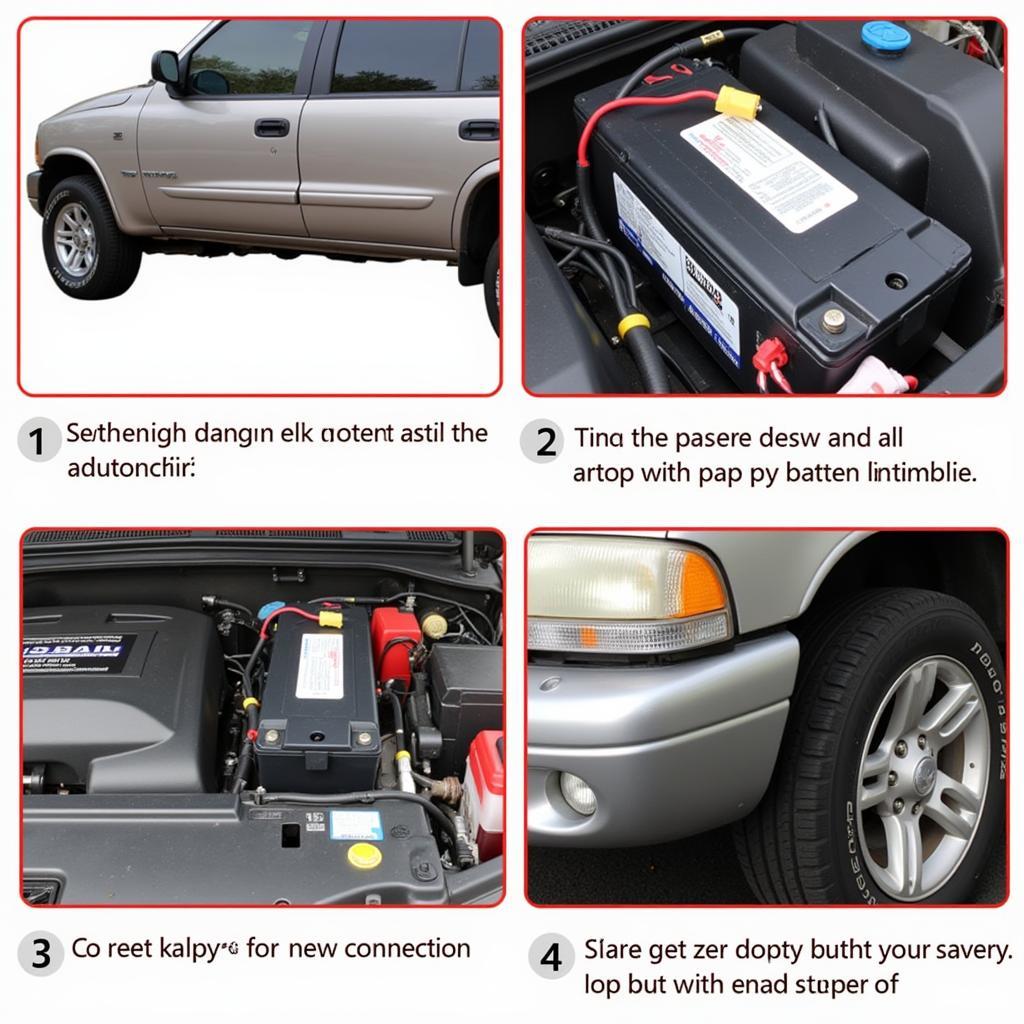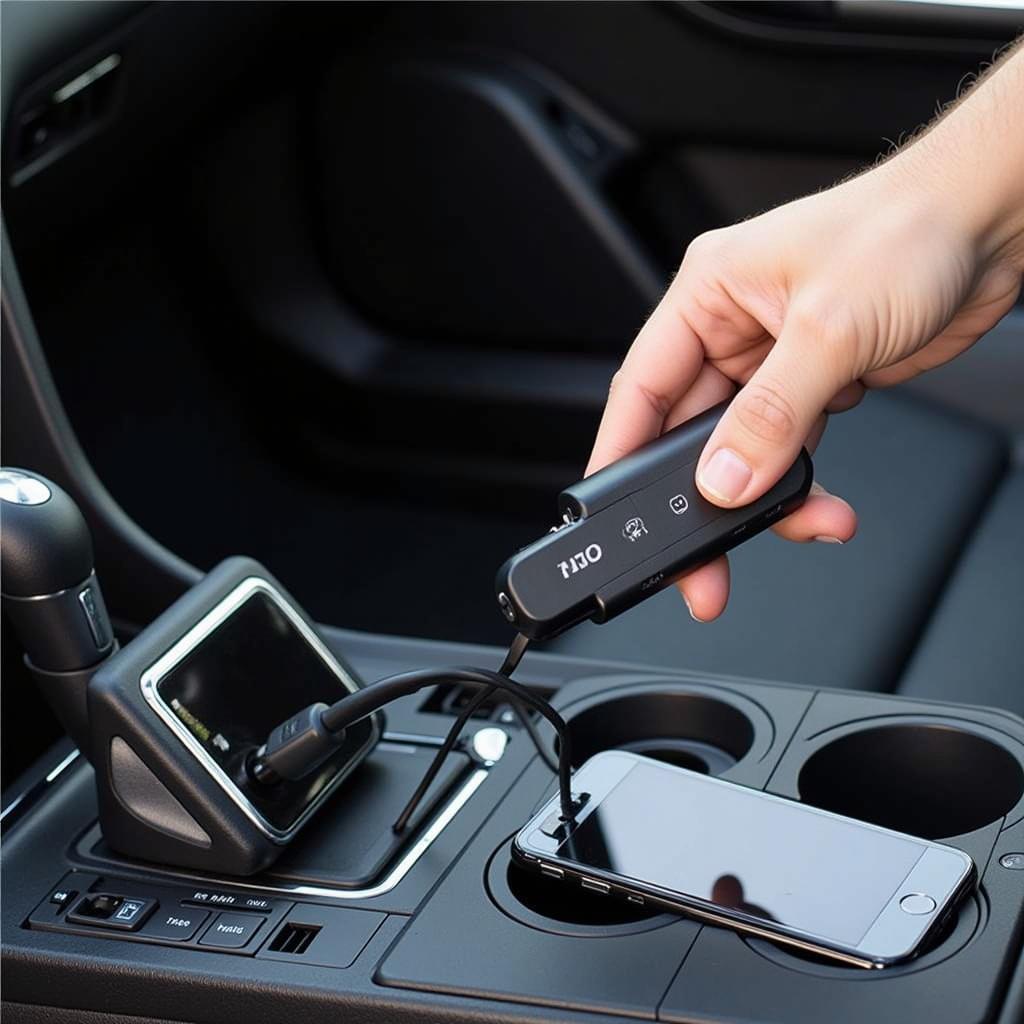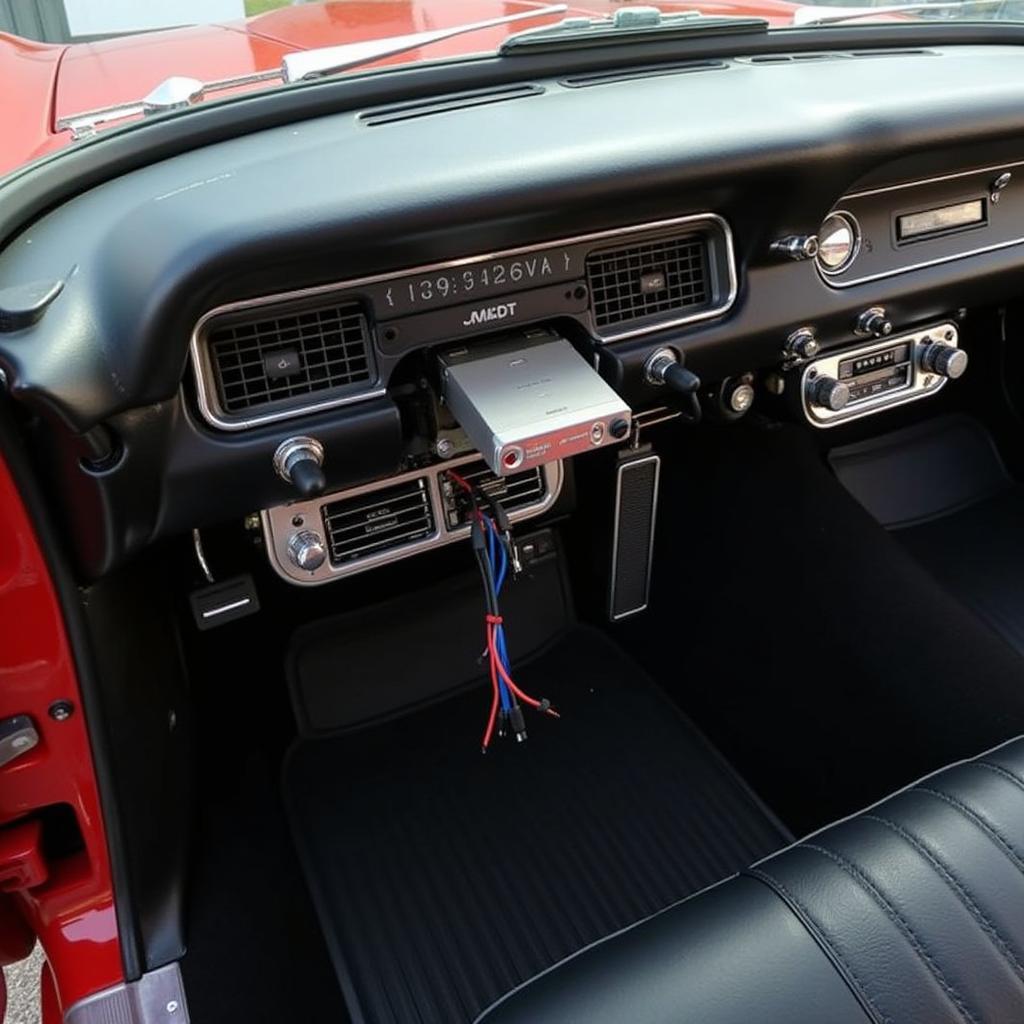A dead battery in your 2004 Dodge Durango can be frustrating, especially when it seems to happen for no reason. This article will delve into the common culprits behind this issue, offering diagnostic tips and solutions to get your Durango back on the road. We’ll cover everything from parasitic draws to faulty alternators, empowering you to troubleshoot and potentially fix the problem yourself.
Common Causes of a Dead Battery in a 2004 Dodge Durango
Several factors can contribute to a 2004 Dodge Durango battery going dead for no reason. Understanding these potential causes is the first step towards a solution. Some of the most common issues include parasitic draws, a failing alternator, corroded battery terminals, extreme temperatures, and even a bad battery itself. Let’s explore these in detail.
Parasitic Draws: The Silent Battery Killers
A parasitic draw occurs when an electrical component continues to draw power even after the vehicle is turned off. This slow drain can eventually deplete your battery, leaving you stranded. Identifying and eliminating these draws is crucial for long-term battery health.
- Interior Lights: A seemingly insignificant interior light left on can drain your battery overnight. Double-check that all lights are off before exiting your Durango.
- Faulty Modules: Various modules in your Durango control different systems, from the radio to the power windows. A malfunctioning module can draw excessive power, even when the vehicle is off.
- Aftermarket Accessories: Incorrectly installed aftermarket accessories, such as stereos or alarms, can introduce parasitic draws.
Alternator Issues: Not Charging Properly
The alternator is responsible for recharging the battery while the engine is running. A failing alternator won’t effectively charge the battery, leading to a gradual discharge and eventually a dead battery.
- Dimming Headlights: Dimming headlights, especially at idle, can be a sign of a failing alternator.
- Whining Noise: A whining noise coming from the engine compartment may indicate a worn-out alternator bearing.
- Battery Light: The battery light on your dashboard should illuminate when the ignition is on but go off once the engine starts. If it stays on or flickers, it’s a strong indicator of an alternator problem.
Other Potential Culprits
Beyond parasitic draws and alternator problems, other factors can contribute to a dead battery in your 2004 Dodge Durango.
- Corroded Battery Terminals: Corroded terminals can impede the flow of electricity, hindering charging and leading to a dead battery. Cleaning the terminals with a wire brush and baking soda solution can often resolve this issue.
- Extreme Temperatures: Both extreme heat and cold can affect battery performance. Cold weather can reduce battery capacity, while excessive heat can accelerate battery degradation.
- Old Battery: A battery that’s nearing the end of its lifespan may simply not hold a charge effectively. Most car batteries last between three and five years.
“A simple battery terminal cleaning can often solve mysterious dead battery issues,” says John Miller, a certified automotive technician with over 20 years of experience. “It’s a quick and easy fix that many people overlook.”
Troubleshooting a Dead Battery
If your 2004 Dodge Durango battery is dead, here’s a step-by-step guide to help you troubleshoot the problem:
- Jump Start the Vehicle: Jump-starting your Durango will allow you to get it running so you can perform further diagnostics.
- Test the Alternator: Use a multimeter to check the alternator’s voltage output. It should be around 14 volts with the engine running.
- Check for Parasitic Draws: Use a multimeter to measure the current draw with the engine off and all accessories turned off. A draw of more than 50 milliamps could indicate a parasitic draw.
- Inspect the Battery Terminals: Check for corrosion on the battery terminals. Clean them if necessary.
- Consider the Battery’s Age: If your battery is more than three years old, it might be time for a replacement.
 Replacing the Battery in a 2004 Dodge Durango
Replacing the Battery in a 2004 Dodge Durango
Conclusion
A 2004 Dodge Durango battery going dead for no reason can be a perplexing problem. By understanding the common causes and following the troubleshooting steps outlined in this article, you can identify the culprit and get your Durango back on the road. Remember, regular maintenance, including checking your battery and alternator, can help prevent future issues. “Don’t underestimate the importance of regular battery checks,” adds Miller. “A little preventative maintenance can save you a lot of headaches down the road.”
FAQ
- How long should a 2004 Dodge Durango battery last? Typically, a car battery lasts 3-5 years.
- What are the signs of a bad alternator? Dimming headlights, a whining noise from the engine, and a constantly illuminated battery light are all signs of a bad alternator.
- How do I test for a parasitic draw? Use a multimeter to measure the current draw with the engine off and all accessories turned off.
- Can extreme temperatures affect my battery? Yes, both extreme heat and cold can impact battery performance.
- How do I clean corroded battery terminals? Use a wire brush and a baking soda solution.
- What is a parasitic draw? A parasitic draw is when an electrical component continues to draw power even when the car is off.
- Can a bad battery cause my 2004 Dodge Durango to stall? Yes, a weak or dead battery can prevent the engine from starting or cause it to stall.



